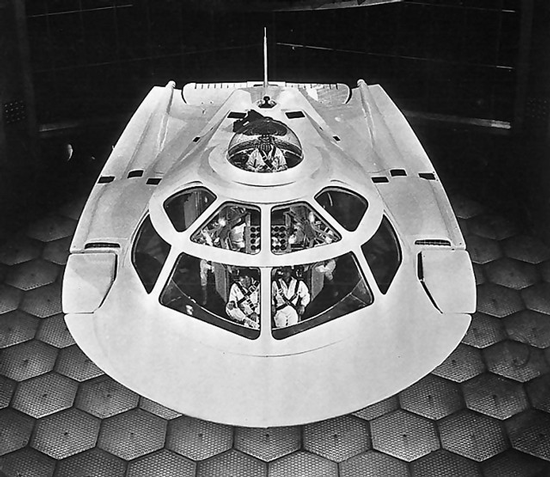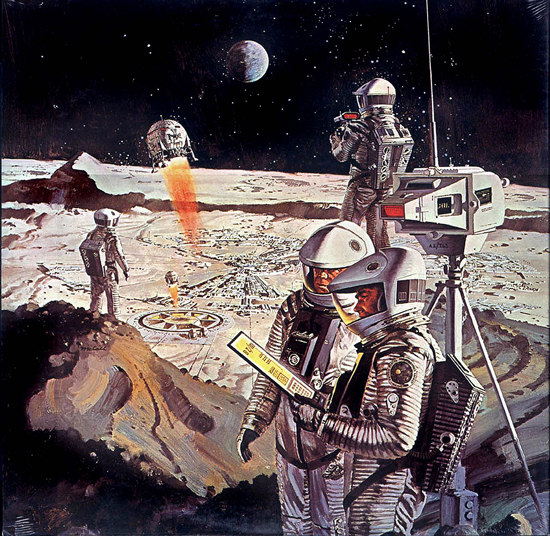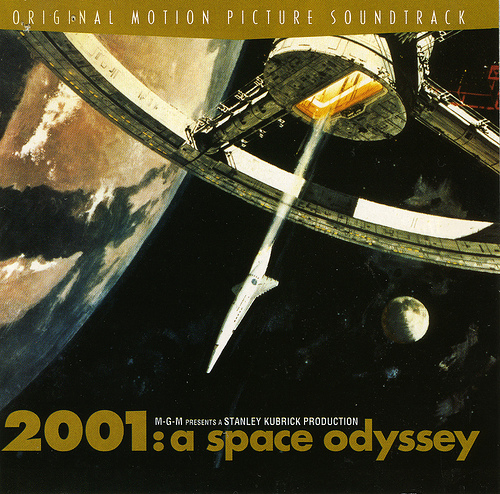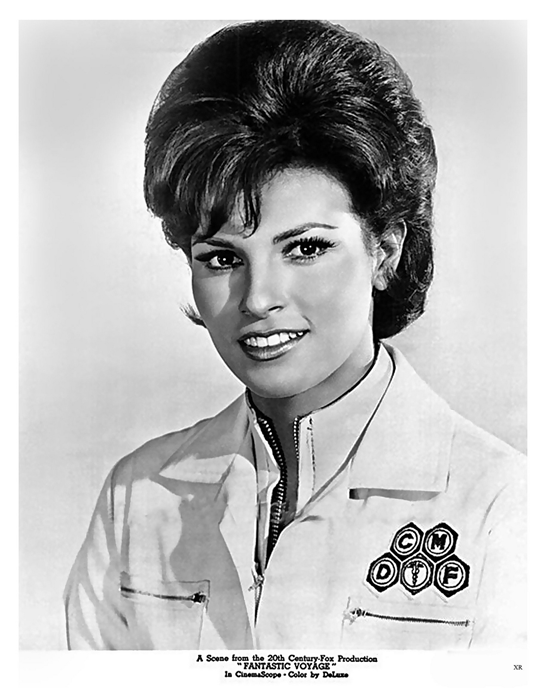Technology As The Leading Character
by Andrew Boyd
Today, the award goes to... The University of Houston's College of Engineering presents this series about the machines that make our civilization run, and the people whose ingenuity created them.
Tom Cruise. Robert Downey, Jr. Sigourney Weaver. They're all award winning actors who've starred in movies packed with technology. Special effects and animation have reached levels inconceivable to earlier generations of filmmakers. But technology is more than an enabler for storytelling. At times, it takes the leading role.
This was driven home to me during a recent viewing of Fantastic Voyage, a 1966 science fiction film that takes a team of miniaturized voyagers on a trip inside the human body. By today's standards, the story moves at a snail's pace. The process of miniaturization takes ten minutes, with long stretches of characters doing nothing but staring at technicians in white coats. Things don't change once the shrunken vessel enters the bloodstream. The voyagers gape at blood cells, antibodies, the heart and lungs, and electrical activity in the brain.

The ship from Fantastic Voyage Photo Credit: Flickr
And yet, the show works. Fantastic Voyage was a commercial success, and walked away with academy awards for Best Art Direction and Best Special Effects, though none of the actors received so much as a nomination. The show did, however, set in motion the career of an alluring young star by the name of Raquel Welch.
Fantastic Voyage wasn't the only film where technology stole the show. Two years after its debut, in 1968, an even more slowly paced film was released: Stanley Kubrick's 2001: A Space Odyssey. At a run time of two hours and twenty-two minutes, the show is notable for its lack of dialogue. The first word is uttered more than twenty minutes after the opening credits; the last, an even longer time before the closing credits. In between are long, dialog-free sequences punctuated by occasional conversation.

2001: A Space Odyssey Photo Credit: Flickr
Yet the film is stunning. Lengthy scenes include an elegantly shaped space shuttle pirouetting to Strauss's Blue Danube while docking with a revolving space station; a ship gliding over the moon's surface in utter silence; an astronaut spacewalking to nothing but the sound of his own breathing

2001: A Space Odyssey original soundtrack Photo Credit: Flickr
Even more, when we meet the characters, they're not very interesting. No memorable performances or chances to connect with them, with one exception: the ship's computer, HAL. Not as beguiling as Raquel Welch, but certainly more complex.
Kubrick didn't make a picture about technology — the film's more nuanced with far grander ambitions. It is, after all, a self-proclaimed odyssey. But technology was showcased as it had never been showcased before. It took the leading role, and millions were mesmerized by the performance.
Can Fantastic Voyage and 2001 still hold the viewer's interest in our present, fast-paced world? For me the answer's a resounding yes. You may have to take a look for yourself. Um, did I mention Fantastic Voyage stars Raquel Welch?

Raquel Welch in Fantastic Voyage Photo Credit: Flickr
I'm Andy Boyd at the University of Houston, where we're interested in the way inventive minds work.
(Theme music)
Fantastic Voyage movie trailer: https://www.youtube.com/watch?v=-hjiVViMuS4. Accessed December 16, 2014.
2001: A Space Odyssey movie trailer: https://www.imdb.com/video/imdb/vi2388329497/. Accessed December 16, 2014.
This episode first aired on December 18, 2014.